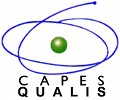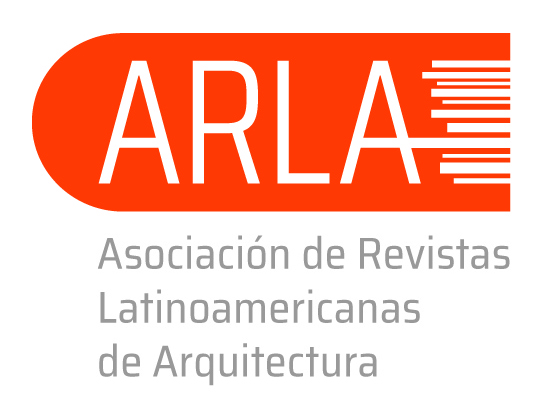The Data Matrix as a model similar in the urban research–architectural
DOI:
https://doi.org/10.14409/ar.v1i4.4430Keywords:
complexity; analogous object ;data matrix; inequality; strategiesAbstract
This project proposes the validation of a data matrix, as an ‘analogous object’ in the process of urban–architectural research. The understanding of the matrix systemic operation is performed under the research project “Growth and Urban Inequality: internal and external peripheries”, which proposes the development of design strategies for the urban and social articulation of peripheries in San Juan Metropolitan Area. The purpose is to contribute to the modification of the current pattern of growth and inequality, given by the process of not sustainable occupation of the urban area in San Juan. The study of this phenomenon as a real object of research has multiple attributes, relationships and contexts. Therefore it is necessary that researchers —based on pre–existing models, personal history, positioning, insights, experience and circumstances—, perform "a cut" in its complexity. This is equivalent to configure a matrix of data, wich is conceived as a representation of the reality under research, which allows the understanding of its structural systemic functioning, in time and space. It is a powerful instrument of prefiguration, able to articulate systematic and critical activity of scientific research with the creative activity of design research.
Published
How to Cite
Issue
Section
License
ACCESO ABIERTO
ARQUISUR Revista es una publicación de acceso abierto y sin ánimo de lucro. No se imputan cargos por la recepción, revisión, evaluación, publicación ni acceso a sus contenidos. Se distribuye bajo una Licencia Creative Commons CC Atribución-NoComercial-SinDerivadas 4.0 Internacional (CC BY-NC-ND 4.0): No se permite un uso comercial de la obra original ni la generación de obras derivadas. Esta licencia no es una licencia libre, y es la más cercana al derecho de autor tradicional.
DESCARGO
Los criterios expuestos en los artículos son de exclusiva responsabilidad de sus autores y no reflejan necesariamente la opinión del Comité Editorial ni de la Dirección Editorial Técnica. Los derechos de los artículos publicados pertenecen a sus autores o editoriales. Los autores ceden sus derechos de publicación al Centro de Ediciones de la Universidad Nacional del Litoral de Santa Fe, Argentina.














